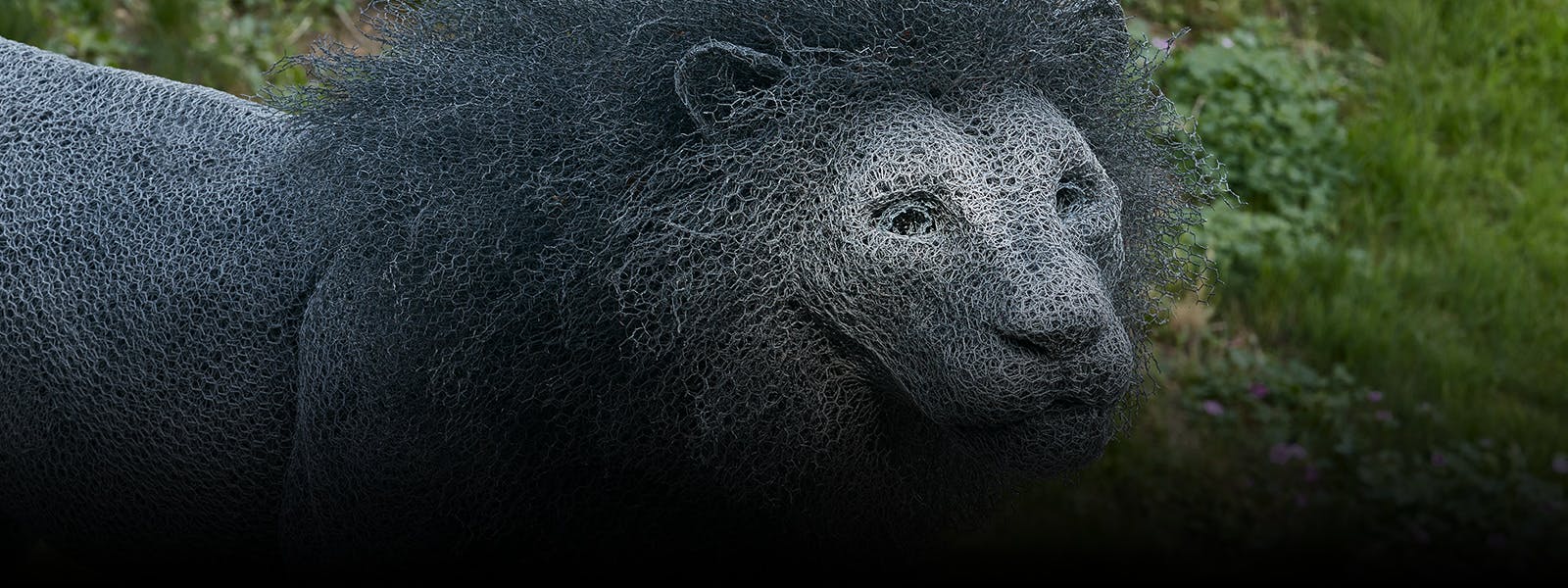
The Tower was once home to a collection of weird and wonderful beasts
The first zoo in London
From the 1200s to 1835, the Tower of London housed a menagerie of exotic wild animals, never before seen in London, including lions and a polar bear given as royal gifts.
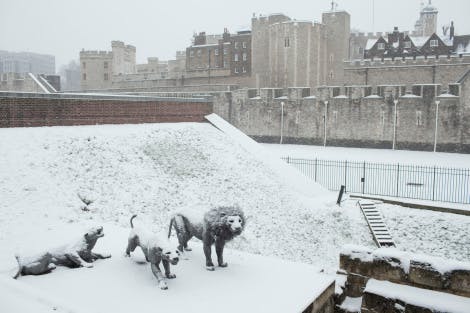
Beasts of the Royal Menagerie
The Tower menagerie began as a result of medieval monarchs exchanging rare and strange animals as gifts.
These lion sculptures, and other animal installations on site commemorate the former inhabitants of the Tower.
Power pets
In 1235, Henry III (1216-72) was delighted to be presented with three 'leopards' (probably lions but referred to as leopards in the heraldry on the king's shield) by the Holy Roman Emperor Frederick II. These inspired the King to start a zoo at the Tower of London. Over time the collection of animals grew: the lions were joined by a polar bear in 1252 and an African elephant in 1255.
Did you know?
Henry III’s Plantagenet crest featured three lions; ancestors of those on the England football team strip today.

The elephant
The King of France sent an elephant to the Tower in 1255, and Londoners flocked ‘to see the novel sight’.
Although the elephant had a brand new 40 foot by 20 foot elephant house and a dedicated keeper, it died after a couple of years.
Many of the other animals did not survive in the cramped conditions, although lions and tigers fared better, with many cubs being born.
The lost Lion Tower
In the 1300s, visitors to the Tower would have first crossed a drawbridge to the Lion Tower (demolished in the 1800s) named after the beasts kept there.
Lions at the Tower
Edward I (1239-1307) created a permanent new home for the Menagerie at the western entrance to the Tower, in what became known as the Lion Tower. The terrifying sounds and smells of the animals must have both impressed and intimidated visitors.
By 1622, the collection had been extended to include three eagles, two pumas, a tiger and a jackal, as well as more lions and leopards, which were the main attractions.
James I (1603-25) had the lions’ den refurbished, so that visitors could see more of the lions prowling around their circular yard. He improved the lions’ living quarters, so that visitors could look down and see ‘the great cisterne ... for the Lyons to drink and wash themselfes in’.
In later centuries some animals took their revenge on those who got too close, maiming and even killing zoo keepers, soldiers and visitors.
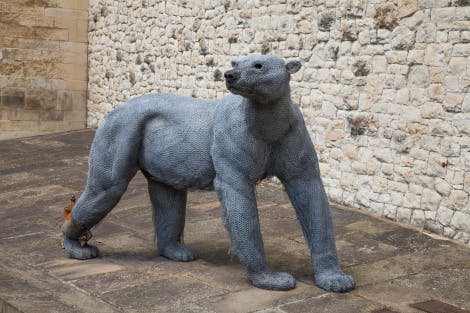
The polar bear
In 1252, Henry III was given a magnificent white bear, presumably a polar bear, by the King of Norway.
Although it was kept muzzled and chained, the bear was allowed to swim and hunt for fish in the Thames.
A collar and a ‘stout cord’ were attached to the bear to keep it from escaping.
Closure of the Menagerie
By the beginning of the 19th century the Menagerie was in decline, until it was revitalised by the energetic showman Alfred Cops, Head Keeper.
He acquired over 300 specimens and rekindled the popularity of the Tower as a tourist attraction. However, concerns over animal welfare (the RSPCA was founded in 1824) and the nuisance factor and expense of the animals finally led to its closure.
Did you know?
Today’s London Zoo in Regent Park was co-founded by animals moved from the Tower Menagerie
End of an era
From December 1831, the Constable of the Tower, the Duke of Wellington, dispatched all the Royal Menagerie animals from the Tower to a new home in Regent’s Park, leaving behind only the animals personally owned by Keeper Alfred Cops.
The Menagerie closed for good in 1835, with many remaining animals sold to other zoos or travelling circuses. The Lion Tower was later demolished.
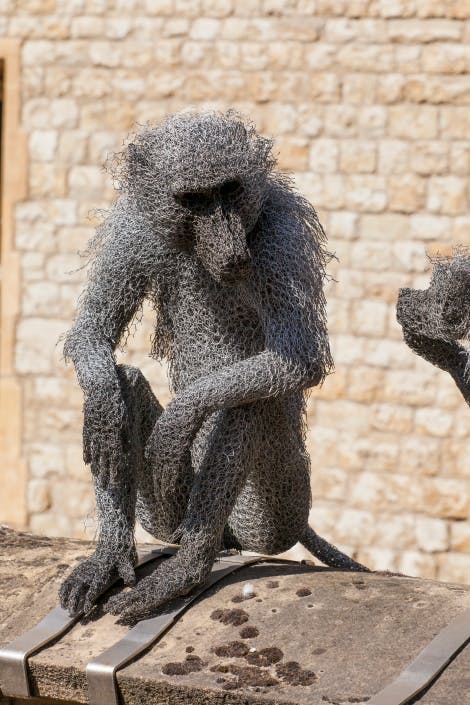
Wire sculptures at the Tower
Artist Kendra Haste was commissioned by Historic Royal Palaces in 2010 to create 13 galvanised wire sculptures: a family of lions, a polar bear, an elephant and a baboon troupe that commemorate some of the inhabitants of the Menagerie.
These sculptures are today displayed at the Tower near to the places the original animals were kept.
Listen to the podcast
Take a loud and raucous tour with Alfred Cop, the last Keeper of the Royal Menagerie at the Tower of London. Meet the majestic lions and the poorly Pachyderm, and listen to Cop’s insight on the very different beasts of the Royal court.
More episodesBROWSE MORE HISTORY AND STORIES

Henry VI
Intelligent and generous, he lived in his father's shadow and was killed for his throne

Edward Francis
Edward Francis, an enslaved African who lived at the Tower of London

Lady Jane Grey
Known as the ‘Nine Day Queen’, Lady Jane had the shortest reign in British history
EXPLORE WHAT'S ON

- Things to see
Royal Beasts
Discover why exotic animals were kept at the Tower of London and see how they lived in the Royal Menagerie.
- Open
- Tower of London
- Included in palace admission (members go free)

- Tours and talks
Ceremony of the Keys
Be part of this ancient tradition, which has taken place every night for at least 700 years in the Ceremony of the Keys at the Tower of London.
- Daily
- From 21:30-22:05
- Tower of London
- Separate ticket (advance booking required)

- Tours and talks
Audio Guide Tour
Explore deeper with the Tower of London audio guide tour. Discover extra information about the Tower's history, plan your day and find out more about our cafés and shops.
- Available
- Tower of London
- Separate ticket
Shop online

Shop Raven gifts
Legend has it that if the six ravens ever leave the Tower of London, the Tower and the kingdom will fall. These products have been inspired by the Ravens that live at the Tower of London.
From £3.00
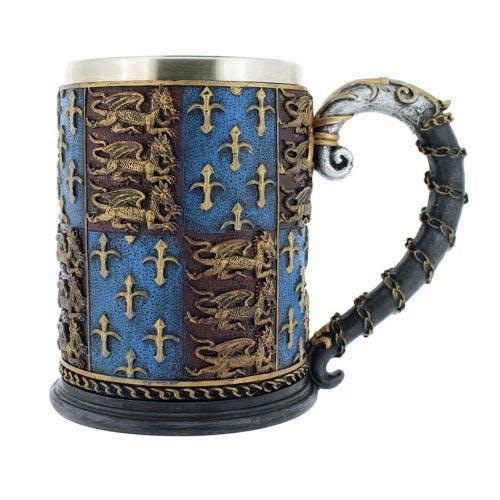
Medieval knights tankard
Medieval knights tankard inspired by the royal arms of England. Featuring intricate dragon detailing this beautifully designed mug has a detailed chain entwined around the handle. Perfect for re-enactments or a gift for someone who loves all things medieval.
£30.00
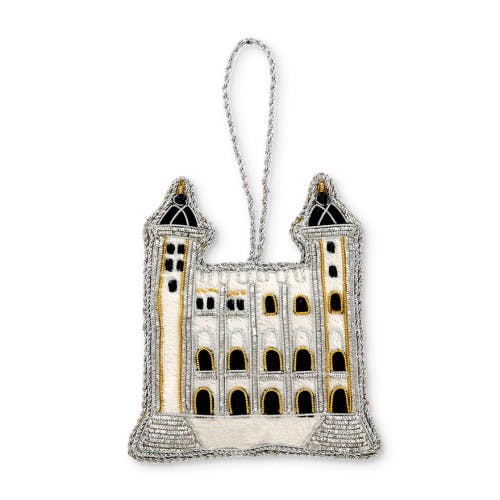
Tower of London White Tower luxury embroidered hanging decoration
Our exclusive premium decoration of the White Tower, the centre of the Tower of London. Built on the orders of William the Conqueror, the White Tower has now stood for almost 1000 years.
£30.00
